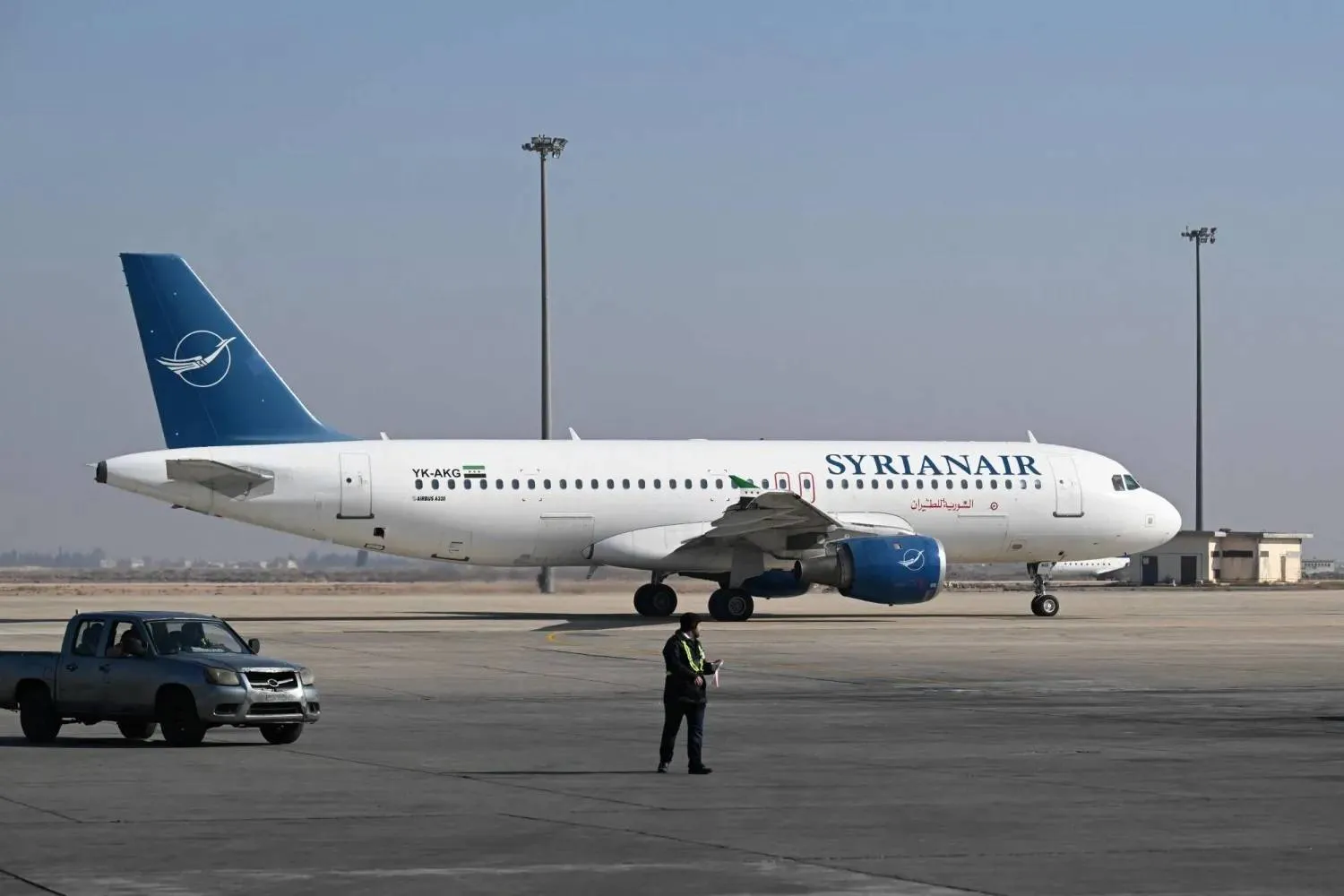If it is confirmed that Hezbollah’s Shura Council has met and elected Sheikh Naim Qassem as the party’s new secretary-general, this would indicate two important developments, according to sources close to the group.
First, it shows that Hezbollah has restructured and revitalized itself after facing major setbacks, as it can now hold meetings with senior leaders despite significant security risks.
Second, it counters rumors that Tehran controls the party’s political and military leadership since the assassination of secretary-general Hassan Nasrallah last month.
Hezbollah’s organizational structure includes several councils: the Shura Council, Jihad Council, Executive Council, Political Council, Governmental and Parliamentary Work Council, and Judiciary Council.
The Shura Council is the most critical, as it leads the party.
It is made up of seven members, including the secretary-general, who is also its head—now Qassem.
Other members include Sheikh Mohammed Yazbek, head of the Judiciary Council; Sheikh Ibrahim Amin al-Sayyid, head of the Political Council; Hashem Safieddine, the recently assassinated head of the Executive Council and presumed Nasrallah successor; Hussein Khalil, the political assistant to the secretary-general; and Mohammad Raad, head of the Parliamentary Council and leader of the Loyalty to the Resistance bloc in the Lebanese Parliament.
With the appointment of a new secretary-general, two positions on Hezbollah’s Shura Council remain unfilled: the deputy secretary-general and the head of the Executive Council.
Political analyst Dr. Qassem Qassir, who closely monitors the group, points out that a deputy has yet to be named. He told Asharq Al-Awsat that the appointment of a secretary-general is significant, sending a message that Hezbollah is strong and in control of its affairs.
“It is incorrect to say that Iran is running it,” he added.
Qassir believes the remaining council positions will be filled soon.
Other sources indicate that even if a deputy is appointed, their identity may not be disclosed right away.
This is because, like Qassem, they would become a key target for Israel, which aims to keep Hezbollah leaderless.
Hezbollah’s organizational structure comprises three main components. First, the secretary-general acts as the leader, holding significant regulatory authority.
Second, the Shura Council oversees four key councils: the Jihad Council, the Judiciary Council, the Parliamentary Work Council, and the Political Council.
Third, the Executive Council serves as the organizational core, functioning like a government and coordinating various operational units.







